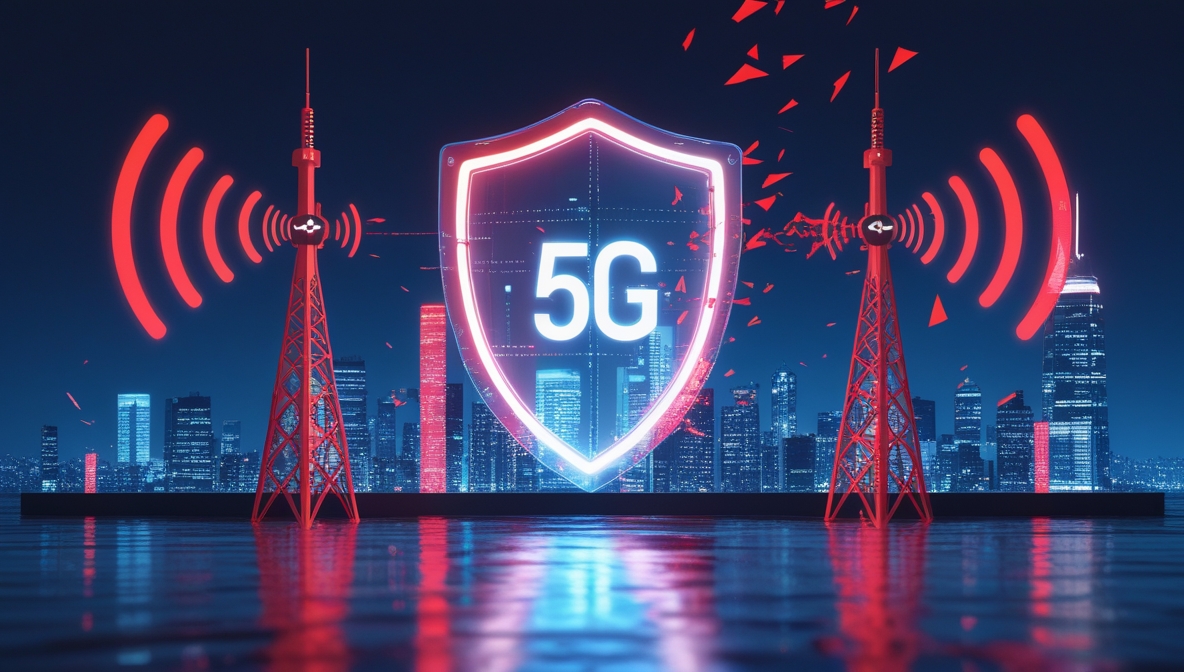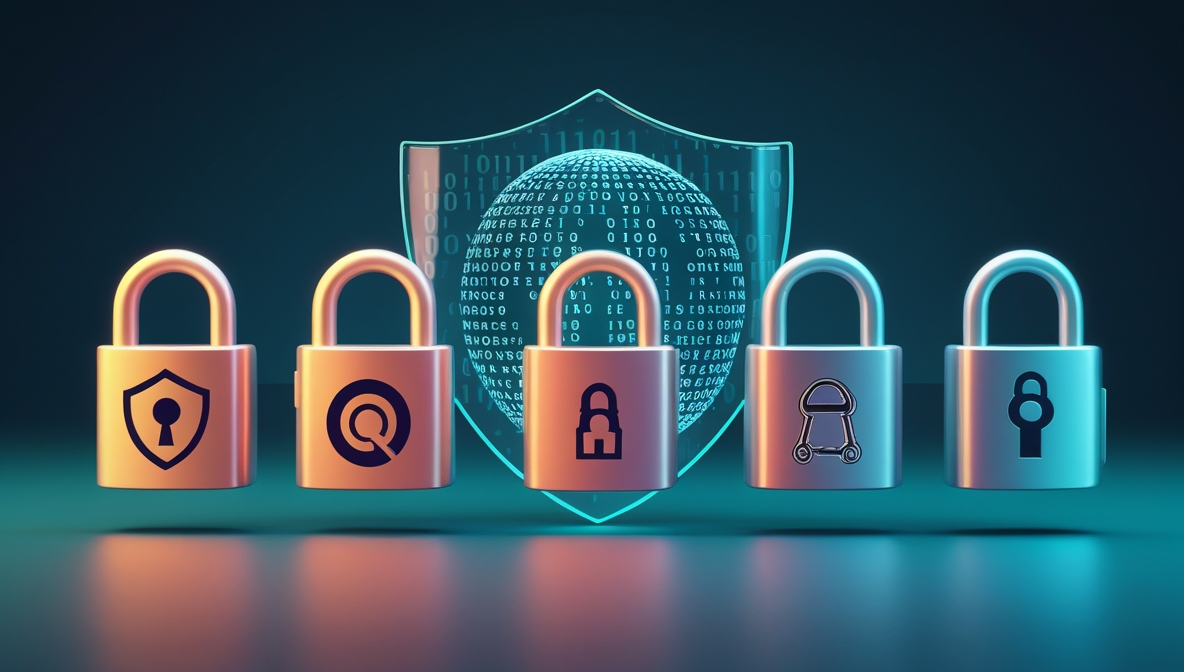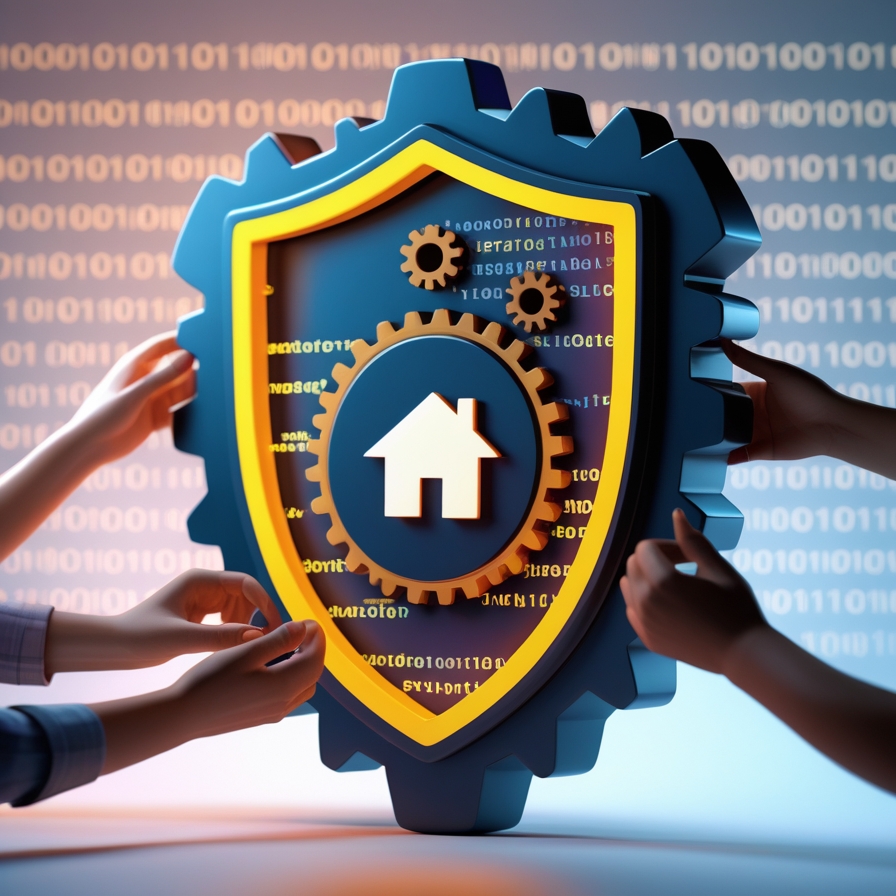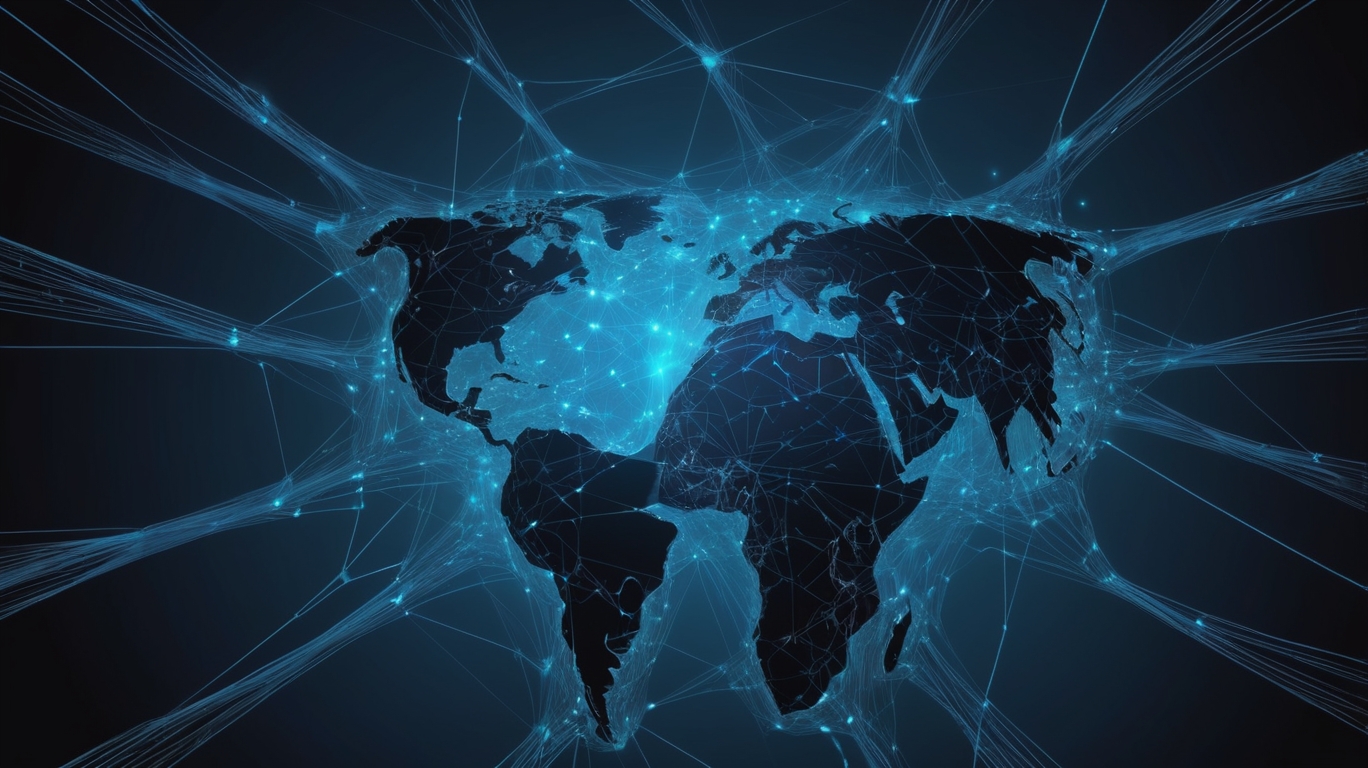The rise of 5G networks is more than just a leap in connectivity speed; it is a technological revolution that affects every layer of modern communication infrastructure, including online security. As industries rapidly adopt 5G to power smart cities, autonomous vehicles, telemedicine, and IoT devices, it’s imperative to analyze how this next-generation technology reshapes the cybersecurity landscape.
What is 5G and Why It Matters for Cybersecurity
5G (Fifth Generation) wireless technology delivers data rates up to 100 times faster than 4G, with ultra-low latency and support for up to one million devices per square kilometer. This performance enables real-time applications such as augmented reality, remote surgeries, and autonomous driving.
However, this exponential growth in data traffic and connected devices creates a broader attack surface for cyber threats. While the architecture of 5G introduces advancements like network slicing and edge computing, it also introduces new vulnerabilities that hackers can exploit.
Expanded Attack Surface Through IoT Devices
The backbone of 5G innovation lies in its ability to connect billions of IoT (Internet of Things) devices simultaneously. From smart thermostats and wearable health trackers to factory sensors and urban infrastructure, these devices are often the weakest link in network security.
Many IoT devices are:
-
Manufactured with minimal security protocols
-
Rarely updated or patched
-
Poorly encrypted or lack encryption entirely
Hackers can compromise one device to infiltrate the entire 5G-enabled network, using it as a launchpad for Distributed Denial of Service (DDoS) attacks or data exfiltration. As such, IoT security is a critical challenge in the 5G era.
Edge Computing: Speed vs. Vulnerability
To minimize latency and maximize speed, 5G networks rely on edge computing, which brings data processing closer to the user. While this enhances performance, it disperses data storage across numerous edge nodes instead of centralized data centers, increasing the risk of data breaches and unauthorized access.
Each edge node becomes a potential point of compromise. Ensuring security consistency across edge locations is complex, particularly when devices operate under different manufacturers and regulatory jurisdictions.
Network Slicing: Benefits and Security Challenges
Network slicing allows operators to create multiple virtual networks on the same physical infrastructure, tailored for different use cases. For instance:
-
A high-priority slice for emergency services
-
A low-latency slice for autonomous vehicles
-
A high-throughput slice for media streaming
While this enhances service customization, it introduces isolation risks. If a slice is misconfigured or compromised, it could provide attackers access to other slices, leading to a cross-slice attack. Ensuring robust segmentation policies and monitoring protocols is essential.
The Role of AI and Automation in 5G Security
Given the volume and complexity of 5G traffic, traditional security methods are insufficient. Artificial Intelligence (AI) and machine learning are being integrated to:
-
Detect anomalies in network behavior
-
Predict and mitigate threats in real-time
-
Automate incident response and threat intelligence
While AI enhances threat detection and prevention, it also introduces the risk of adversarial AI, where attackers manipulate AI models to evade detection or cause false alarms.
Supply Chain Vulnerabilities and Hardware Backdoors
5G infrastructure depends on a global supply chain involving numerous vendors and components. This opens the door to hardware-level vulnerabilities and firmware backdoors that could be implanted during the manufacturing or distribution process.
High-profile concerns have emerged around equipment providers accused of embedding surveillance capabilities or allowing state-sponsored espionage. A compromised chipset or base station can silently leak data or be remotely activated for cyber sabotage.
Countries must implement stringent vetting, certification, and auditing processes to safeguard their 5G infrastructure from supply chain attacks.
Implications for National Security and Critical Infrastructure
The integration of 5G into critical national infrastructure such as:
-
Power grids
-
Water systems
-
Public transportation
-
Emergency services
...means any breach could lead to catastrophic consequences. An attack on a 5G-powered transportation system could endanger lives, while a disruption in the power grid could paralyze entire regions.
Governments must prioritize cyber resilience frameworks, enforce minimum security standards, and engage in public-private partnerships to mitigate these risks.
Regulatory Landscape and Global Cybersecurity Collaboration
The decentralized and international nature of 5G requires cross-border cooperation. However, global cybersecurity standards remain fragmented. Countries adopt different approaches regarding:
-
Data privacy
-
Encryption requirements
-
Vendor trust policies
This regulatory inconsistency creates gaps that attackers can exploit. A collaborative approach, including initiatives like Zero Trust Architecture (ZTA) and 5G security assurance standards, must be embraced globally to establish a unified defense strategy.
Mitigation Strategies for a Secure 5G Future
To secure 5G networks effectively, stakeholders must adopt a multi-layered cybersecurity approach:
1. Endpoint Security
Deploy real-time threat detection and response systems on every device, particularly IoT devices.
2. Network Monitoring
Utilize AI-powered tools for constant monitoring, anomaly detection, and traffic analysis.
3. Secure Network Slicing
Implement strict isolation protocols, regular audits, and real-time slice-specific threat alerts.
4. Supply Chain Transparency
Mandate disclosures, third-party audits, and tamper-proof certifications for all components.
5. Cybersecurity Training
Educate personnel across industries to recognize and respond to cyber threats efficiently.
6. Government Oversight
Enforce compliance through regulatory agencies and international cooperation on security norms.
Conclusion: Navigating the 5G Cybersecurity Frontier
The transition to 5G networks marks a new era of hyperconnectivity and digital innovation. But with this advancement comes the urgent need to rethink cybersecurity frameworks from the ground up. The potential vulnerabilities in 5G — from IoT exploitation and edge computing risks to network slicing and supply chain threats — are real and far-reaching.
We must build resilient, adaptive, and intelligent security architectures that not only respond to today’s threats but also anticipate tomorrow’s. Only through a combination of technological innovation, policy enforcement, and global collaboration can we ensure a secure digital future in the 5G era.




